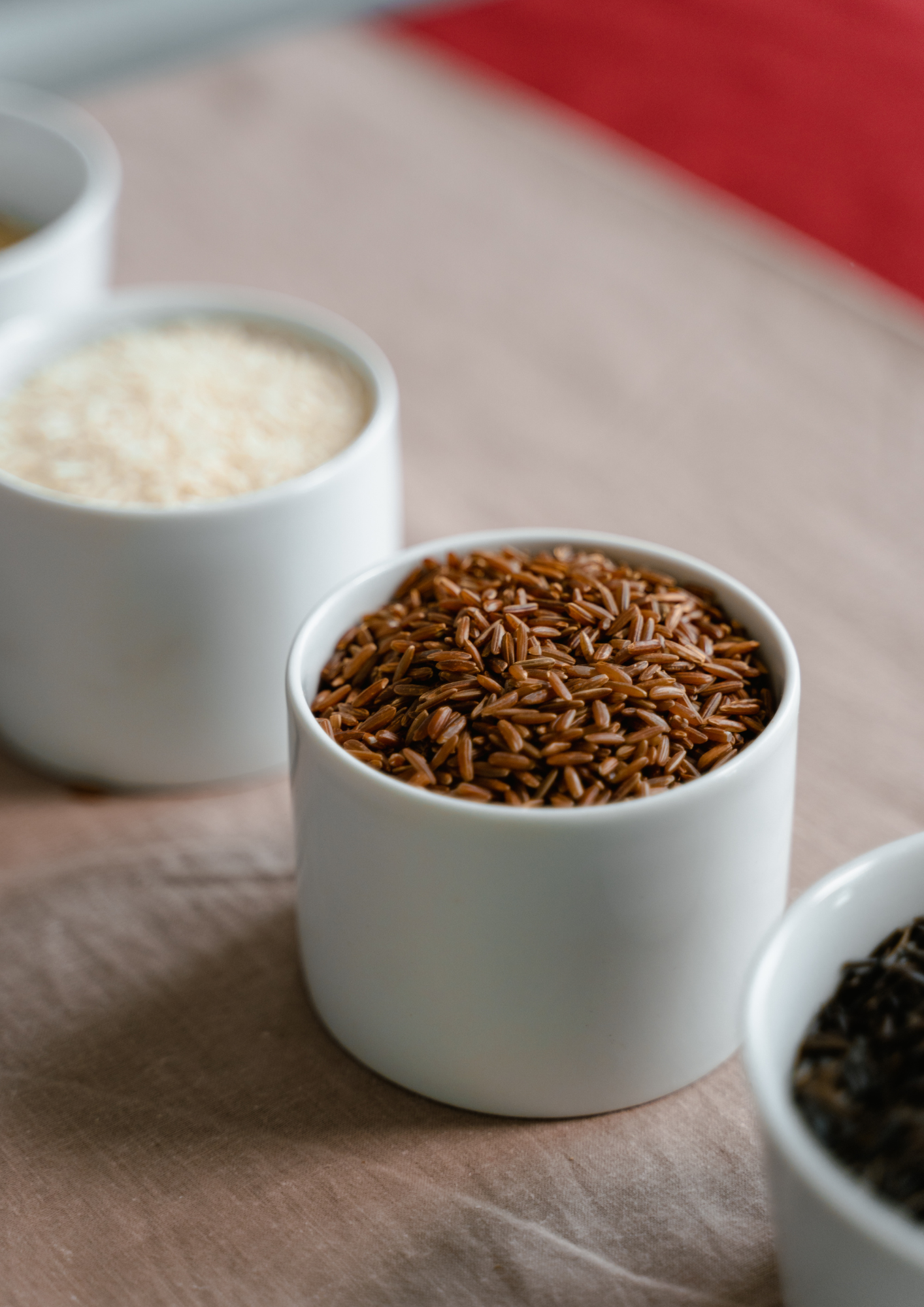A Safe and Nutritious Approach to Cooking Rice

By Jeannie Kim
Rice is a staple food for many cultures and provides numerous nutritional benefits. It is an excellent source of carbohydrates, which are essential for providing energy. Rice also contains important vitamins and minerals such as vitamin B1 (thiamine), vitamin B6, magnesium, and phosphorus. Brown rice, in particular, is high in fiber, which aids in digestion and helps maintain healthy bowel function. Including rice as part of a balanced diet can contribute to overall health and well-being.
As a parent, I was shocked to learn that rice, a staple in our Japanese-Korean household, could be high in arsenic. Our family loves rice, and our 19-month-old, Kai, enjoys it too. This discovery made me anxious about the safety of one of our favorite foods.
What is arsenic and why should we remove it?
Arsenic is a natural element found in the earth's crust. It is often found in groundwater and soil, and it can subsequently enter our food, including rice, especially in places where its presence in the environment is increased due to human activities like burning coal, oil, gasoline, and wood; mining; and using arsenic compounds in medicines, herbicides, and wood preservatives.
Even low levels of arsenic exposure can be harmful over time. According to a study by Hensawang and Chanpiwat (2017), a significant percentage of rice in Bangkok contains arsenic levels above safe limits. This is concerning because rice is a staple food for many.
Long-term exposure to arsenic can lead to serious health problems like nerve damage, brain issues, and an increased risk of diabetes (Mohammed Abdul et al., 2015). Babies exposed to arsenic before birth may have a higher risk of developing cancers later in life (Mohammed Abdul et al., 2015).
How can I cook rice so it is safe?
Thankfully, I found a study by Menon et al. (2021) that offers a safer way to cook rice while preserving its nutritional value. By adopting this improved cooking method, you can significantly reduce the arsenic content in the rice you serve your family, ensuring that you and your baby enjoy a safe and nutritious meal.
- Add filtered water: Use four cups of filtered water for every cup of uncooked rice and bring it to the boil.
- Add rice: Once the water is boiling, add the rice and boil for another five minutes.
- Discard the water: Drain the water to remove a significant amount of arsenic.
- Add fresh water: Add two cups of fresh water for each cup of raw rice.
- Cook the rice: Cook the rice on low to medium heat with a lid on until all the water is absorbed.
This method removes up to 54% of inorganic arsenic from brown rice and 73% from white rice.
How much rice is safe to eat?
To minimize the risk of arsenic exposure, a study suggests that young children should consume no more than one serving of rice-based products per day (Islam et al., 2017). In Bangkok, brown jasmine rice contains significantly more arsenic than white rice so opting for white rice can help reduce your baby's arsenic intake (Hensawang & Chanpiwat, 2017).
By understanding the risks associated with arsenic in rice and finding ways to reduce these risks we can continue to enjoy this beloved food without compromising our health.
References
- Hensawang, S., & Chanpiwat, P. (2017). Health impact assessment of arsenic and cadmium intake via rice consumption in Bangkok, Thailand. Environmental Monitoring and Assessment, 189, 599. https://doi.org/10.1007/s10661-017-6321-8
- Islam, S., Rahman, M. M., Rahman, M. A., & Naidu, R. (2017). Inorganic arsenic in rice and rice-based diets: Health risk assessment. Food Control, 82, 196-202. https://doi.org/10.1016/j.foodcont.2017.06.030
- Kukusamude, C., Sricharoen, P., Limchoowong, N., & Kongsri, S. (2021). Heavy metals and probabilistic risk assessment via rice consumption in Thailand. Food Chemistry, 334, 127402. https://doi.org/10.1016/j.foodchem.2020.127402
- Menon, M., Dong, W., Chen, X., Hufton, J., & Rhodes, E. J. (2021). Improved rice cooking approach to maximize arsenic removal while preserving nutrient elements. Science of The Total Environment, 755(Part 2), 143341. https://doi.org/10.1016/j.scitotenv.2020.143341
- Mohammed Abdul, K. S., Jayasinghe, S. S., Chandana, E. P. S., Jayasumana, C., & De Silva, P. M. C. S. (2015). Arsenic and human health effects: A review. Environmental Toxicology and Pharmacology, 40(3), 828-846. https://doi.org/10.1016/j.etap.2015.09.016
About the Author
Jeannie is currently pursuing an honors degree in psychology with a focus on clinical applications. Prior to this, she was an acupuncturist specializing in fertility, stress management, and pain relief in Sydney for 12 years. With her unique blend of Eastern and Western therapeutic approaches and maternal perspective, as feature writer, Jeannie promises a valuable contribution to BAMBI Magazine.
